Planning and communication are key for quality Palliative Care
As Australia’s population continues to age, experts are eager to change attitudes about the end-of-life care process and educate families on what caring for a dying relative looks like.
Donna McGregor is the sole palliative care nurse for the North West Hospital and Health Service (NWHHS) in Queensland.
To see her patients, she covers hundreds of kilometres across the outback, tending to residents in small, remote communities and on cattle stations.
Australian’s increasing life expectancy and declining birth rates are contributing to the country’s ageing population.
According to the Australian Bureau of Statistics (ABS), the number of older Australians has increased from 1 million (8.3 per cent of the total population) in 1970 to 4.2 million (16 per cent of the total population) in 2020.
By 2066, it’s projected older Australians will make up 21 per cent to 23 per cent of the population.
Ms McGregor believes having hard conversations with loved ones about their end-of-life wishes will become increasingly important.
“Having conversations is the most important aspect of palliative care — it isn’t just about the person, it’s about the network around the person.”
“We’re dealing with people’s [grief] and supporting them at their most pivotal time in life, and also the most distressing time of their life — making decisions that greatly affect them but also their family.” said Ms McGregor.
Supporting at the patient’s most difficult time
Rhonda Skinner is coming to terms with a hard truth of life — she is dying and she does not want to live out her remaining days in hospital.
She and her family has worked with the palliative care team to ensure her wishes are guaranteed.
Read more about this story and how open conversations and support for her and their loved ones have made this possible HERE.
Source: ABC North West Qld


